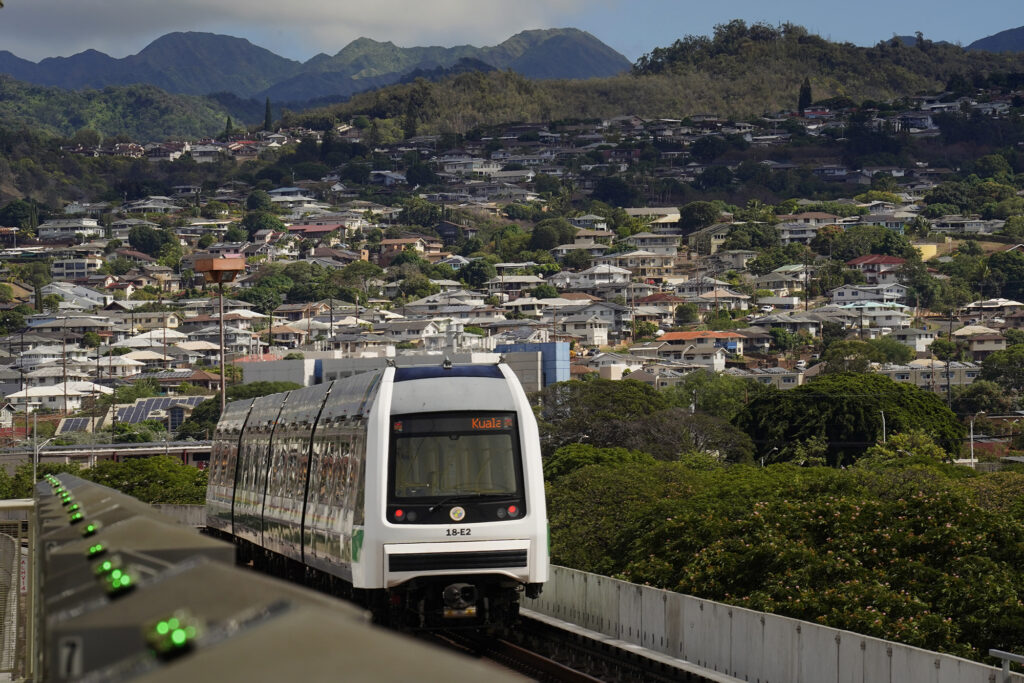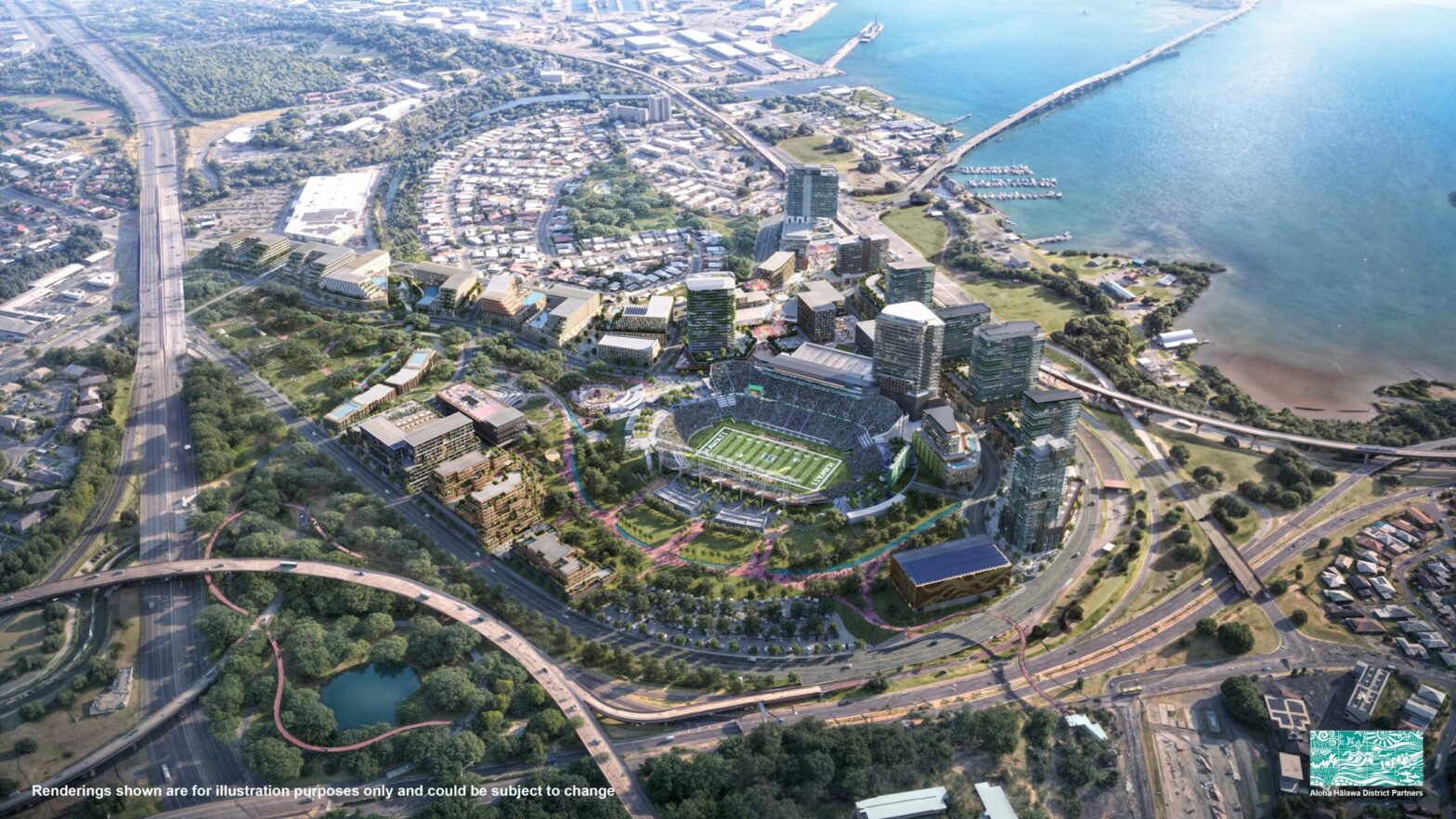Hawaii's state government is about to embark on its largest public works project ever: the new Aloha Stadium and surrounding mixed-use development.
The stadium is only part of this multi-billion dollar project. Shockingly, however, the public knows little about it.
The new Aloha Stadium entertainment precinct, which would occupy 98 hectares of prime government land in Hālawa, is shrouded in mystery. The stadium authority charged with overseeing the project has failed to provide the transparency the public deserves.
Lawmakers, who have the constitutional authority to hold government programs accountable, must act now to bring this project to light. People have a right to know how their money is being spent, how their land is being used, and who will ultimately benefit from this expansive development. The best way to achieve transparency is through a public hearing that demands answers.

The stadium authority has already selected a private developer, Aloha Hālawa District Partners. According to the NASED website, the development of the new Aloha Stadium and mixed-use area will be combined into a unified project that includes the design, construction, operation and maintenance of the stadium as well as the master planning and development of the surrounding district. According to the NASED Project Summary (2025), revenue from the mixed-use development will subsidize the construction, operation and maintenance of the stadium.
There were news reports that contracts had been signed. But these contracts are incomplete. By October 11th, only the stadium development and operating agreement and the first ground lease agreement had been signed, allowing the dismantling of the old stadium to begin. The framework development agreement and the infrastructure agreement covering the entire project have not been signed.
A multi-billion dollar project
Crucial details of the project remain hidden. There are no architectural renderings of the stadium, no models of the mixed-use area on the NASED website, and the state's request for proposals is not available for public review.
In cases involving multiple offers, confidentiality protects ownership interests. However, since AHDP has already been selected, there is no reason to withhold such important information. Hawaii residents are being asked to trust a multi-billion dollar project they have never seen and barely understand.
In contrast, prior to the San Francisco 49ers' construction of a stadium in Santa Clara, a 25-page document was issued to inform the public of the preliminary terms negotiated between the professional football team and the city of Santa Clara. The conditions included the financing of the project, the length of the ground lease and the limitation of the city's liability. The project was even submitted to voters.

Not so with NASED. As the project progresses, the growing criticism is hard to ignore:
· Experienced reporters raise concerns. Dave Shapiro of the Honolulu Star-Advertiser warned in May that the project was “near a major tipping point, with no clear answers about how much it will cost or how it will be paid for.” The SA's Richard Borreca quipped in August that “progress must be a precious commodity because it comes in small, expensive chunks.”
· Delays are increasing. The signing of the framework development agreement, expected in June, has been postponed to August and is still not signed. The stadium's opening date has been pushed back from fall 2028 to March 2029.
· The stadium has been reduced in size. Originally planned for 35,000 seats, it was reduced to just 22,500 seats – most of them on bench seats – which is even less than the capacity of the old Honolulu Stadium. Many see this as a lure.
· Financing problems continue. The $350 million in funding provided by the Legislature expired in 2024, raising serious constitutional concerns.
· The true costs remain unclear. Expensive infrastructure needs to be built, and taxpayers are wondering whether they will bear this cost or whether the developer will pay for it.
The legislature must act
At every turn, the public encounters omissions and half-truths that only increase distrust. The little information that is coming to light raises more questions than answers. The Stadium Authority and AHDP have signed contracts to replace the existing stadium, but not for the remaining 73 hectares of the 98 hectare site.
Although NASED is touted as an economic boon, critics warn that it could be a waste of public resources. Prime state land can be leased to the developer at a fraction of its value, while the state bears much of the financial burden. Taxpayers wonder whether public funds are being used for the public good or to subsidize private profits.
In a democracy, the public should not have to assemble fragmented information about how their land and tax dollars are spent. Lawmakers must act now and call for a public hearing to force the stadium authority to explain its decisions, clarify finances and disclose the full scope of the project.
NASED is not just another government project. It is the largest public works initiative ever undertaken by the state government and will transform Oahu's urban core for generations. The public deserves to know much more than the few details they have been given. Transparency and accountability are essential.

